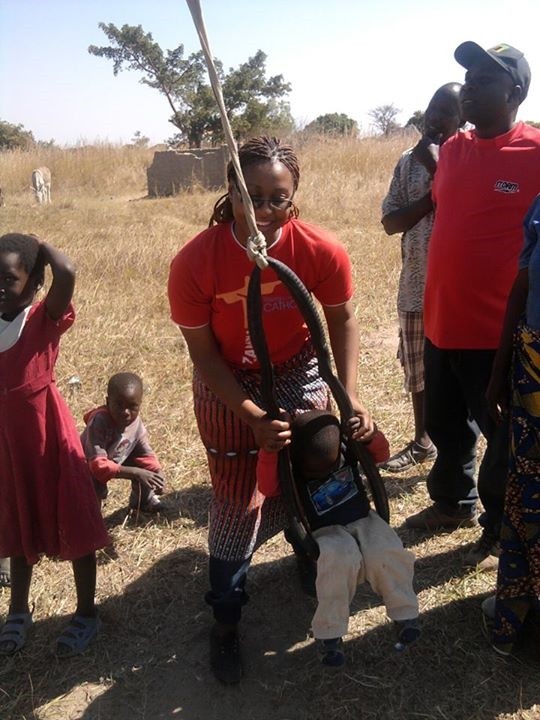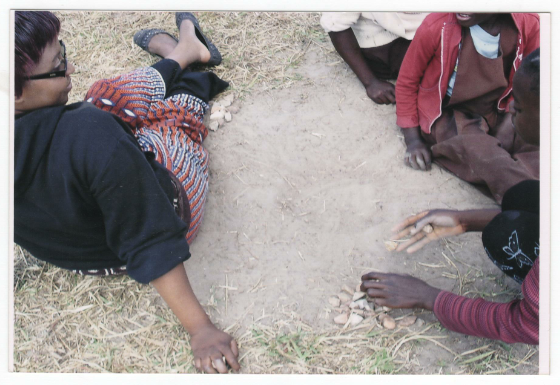Protecting Children After World AIDS Day
People across the world recently observed World AIDS Day. Among those in observance were many staff and beneficiaries of Firelight’s partner organizations. This prompted me to reflect on the various ways that our partners address the issue of HIV and AIDS. PEPFAR’s theme for this year’s World AIDS Day was “Shared Responsibility: Strengthening Results for an AIDS-Free Generation.” When I think of shared responsibility, I think of our partner organizations in Africa, whose efforts stem from the needs of their own communities, and often involve many different facets of those same communities. I am always impressed and inspired when I hear stories of our partners bringing together children, caregivers, community members, and local leaders to tackle an issue that is present in their community.

Most of our partners do not focus solely on HIV and AIDS specific programming. That doesn’t take away from the fact that they play an integral role in both preventing the spread of HIV, as well as mitigating the negative effects of the pandemic on children and the communities in which they live. Vulnerability is inextricably linked to HIV and AIDS, in both causal directions. It is not only a contributing factor to the transmission of HIV, but many children are left vulnerable because of the impact that HIV and AIDS have had on their communities and families. Some children may have lost one or both of their parents, while others may come from families that have been made financially vulnerable by reasons related to HIV and AIDS. The effects are far-reaching, and affect even those children who are not living with the virus.
In order to combat this vulnerability, concerted efforts are needed to ensure that children are kept safe. The four partners included in our Fund: Child Safety are making such efforts, and working hard to keep children safe and protected.
One of these partners, Lupwa Lwabumi Trust engages entire communities in the effort to keep children safe. In their words, when it comes to child protection, the role of the community is to “get united and speak with one voice.” When a community is united in this way, they can come together to address such issues as child marriage, corporal punishment, child abuse, and child trafficking. It takes much more than an individual or one organization to take on such a large and pervasive issue; it takes communities coming together to create a synergy of their strengths.



